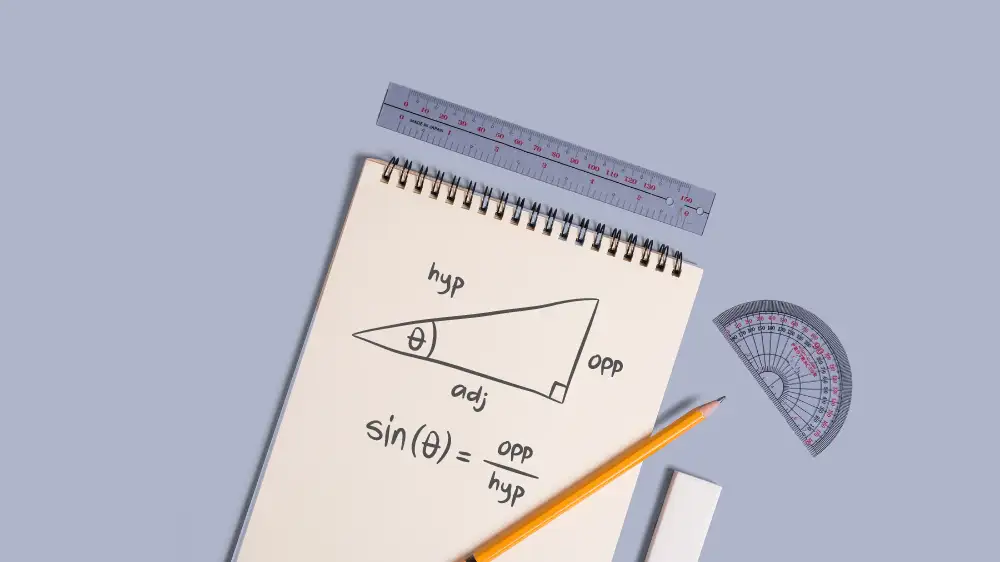From the article on primary directions, you already know that the house system is a mathematical algorithm according to which the celestial sphere is divided into 12 sectors.
One of the most accurate systems for predicting events in the 17th century was the Regiomontanus house system. In our school, we also adhere to this system of houses, confirming its effectiveness in practice.
Regiomontanus is a popular name for the Bavarian mathematician Johannes Müller von Königsberg, who made a significant contribution to the development of predictive astrology.
[toc]
The algorithm for dividing the celestial sphere
The Regiomontanus house system divides the equator into 12 equal parts, starting from the ascending degree. Then a line is drawn through each point connecting North and South.
Such a dividing line is called a house arc. Its intersection with the plane of the ecliptic measures the cusp of the corresponding house.
Regiomontanus house dividers.
A Circle of Positions of the Planet
If we take a planet and draw a line through it according to the same logic above, then such a line will be called a circle of position.
The intersection of the circle of position with the equator is called the mundane position of the planet. The mundane position's right ascension is called oblique ascension on its horizon. The horizon is the circle of position.
Circle of position and mundane position of the planet P.

